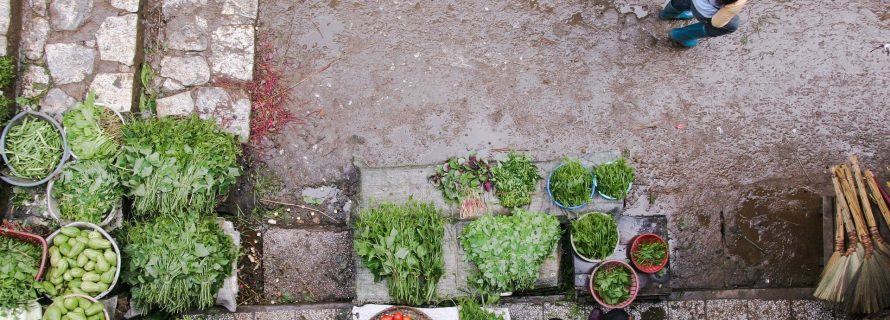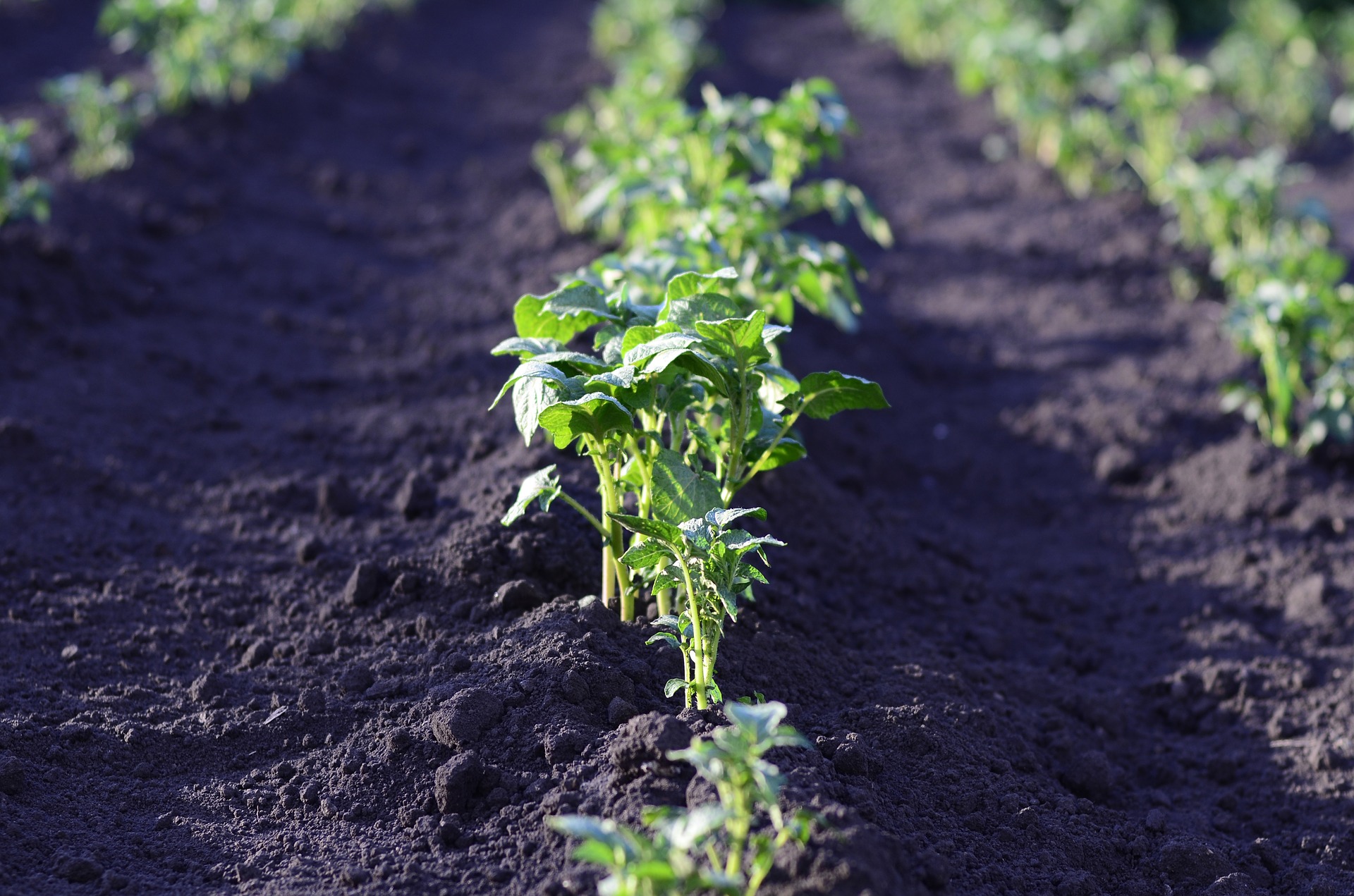5 Secrets to Jump Start Your Summer Garden

Maximizing Your Green-Thumb Potential
Summer gardens start in spring. Whether you’re husbanding a vegetable garden, a flower garden, or a hybrid garden that is unique to your imagination, there is much to be said for using the crisp days of early spring to get things going. Some gardens can even have prep work done in late winter.
Keep in mind, regional considerations will come into play. In some places you will be stymied by the natural environment—Alaska, for instance, is a place where there are only certain things that grow outdoors. But even in Alaska, a sun-room or greenhouse makes anything possible. With that in mind, following, we’ll go over five techniques for jump-starting your garden so it reaches full bloom in summer.
- Acquire Materials And Plan In Advance
Plans fail for two reasons: the people making them don’t get the right counsel, and they don’t make the right preparations. You need to give yourself the right tools and raw materials for the job. You’ll need gloves, you’ll need soil, you’ll need rakes, shovels, hoes and spades. You’ll need seeds, and you might need seed planting machines; if the garden is large enough.
When wintertime comes, if you’re starting a garden for the first time, you can look at last year’s work and find that which was good about it, and that which was problematic. If you’re new at gardening, you can use the cold season to research and figure out what you’ll need for best results.
- Prepare The Ground
Sure, you can just throw a bunch of seeds on the ground and some may take root, but that’s a bad idea. A better one is to designate a plot of land and prepare it for husbandry. You’ll want to till the soil and fertilize it. You can use varying products for this purpose as it suits you. Depending on the size of your garden, you may need more or less rows.
You want soft earth that’s easy to implant with seeds. You shouldn’t have to break a sweat digging down deep when things are properly prepared—depending on the sort of plants you’re looking to bring up, of course.
- Flowers That Require Early Germination
Flowers can be an excellent addition; like a section for roses, daisies, or lavender with a planting design that matches your available gardening space, or makes some design amidst the other flowers. If you’re going to go with an option like lavender, be sure you know when to plant it.
Lavender in particular takes about three months to germinate, so in northern latitudes, planting in February or March isn’t a bad idea. In very temperate climates, you might plant your lavender in fall so it begins to germinate right on the cusp of seasonal change.
- Prepare Certain Flora Indoors To Plant When Seasons Change
Things like garlic can be grown in a mason jar. You stick the bulb in the top and put water up to the base, then when it starts to shoot out roots, you plant it in your garden. You can do similar things with celery, seeding it indoors eight to ten weeks prior to the final frost time where you live. If you’re in a cold climate, this is a great way to get ahead of it for a harvest.

- Follow The Sun To Locate The Garden In The Best Place
Sometimes you do everything right, then choose the wrong spot for your garden. Before you start tilling the earth, you want to make sure you’re doing it in the right place. Sometimes you’ve got enough space that this isn’t an issue. Plot out your garden to match where there’s the most sun—unless you’ve got plants like shade-grown Arabica beans. Plan accordingly.
Getting Ahead Of The Season
Follow the sun, prepare the right flora indoors, germinate plants indoors when possible, prepare the soil, and plan properly. These actions will help you get a big head start on your garden this year, and you may see exceptional harvest in the summer. The more preparations you make in advance, the more positive results you’ll see.
About The Author: Wendy Dessler is a super-connector who helps businesses find their audience online through outreach, partnerships, and networking. She frequently writes about the latest advancements in digital marketing and focuses her efforts on developing customized blogger outreach plans depending on the industry and competition.
Images by Free-Photos from Pixabay & Надежда Мельникова from Pixabay
- Additions and New Construction
- All Exteriors
- Alterations
- Basements
- Bathrooms
- Customer Service
- Customer Stories
- Decks
- Design & Planning Show
- DIY
- Doors
- Educational Resources
- Extreme Makeover Home Edition
- Fashion Show
- General Remodeling
- Green Living
- Handyman Home Services
- Home Decor
- Home Entertainment
- Home Improvement
- Home Improvements
- How to Tips
- In The Community
- Kitchens
- Off-the-Wall Remodeling Stories
- Remodeling
- Resources
- Roofing
- Siding
- Social Media
- Sunrooms
- Tips & Tricks
- Trends
- Windows

